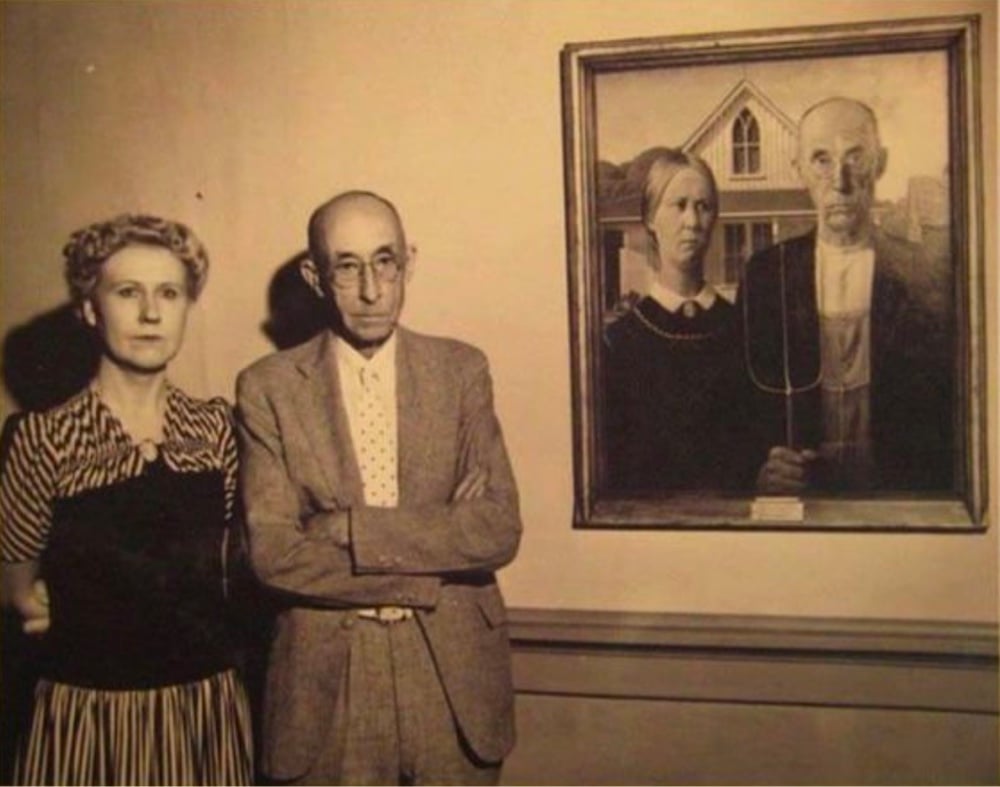Is Rural America Even a Thing?

For the New Yorker, Daniel Immerwahr reviews a new book, Steven Conn’s The Lies of the Land: Seeing Rural America for What It Is — and Isn’t (Bookshop.org), which makes the case that what we typically think of as rural America or “real America” is a mirage.
A piercing, unsentimental new book, “The Lies of the Land” (Chicago), by the historian Steven Conn, takes the long view. Wistful talk of “real America” aside, Conn, who teaches at Miami University, in Oxford, Ohio, argues that the rural United States is, in fact, highly artificial. Its inhabitants are as much creatures of state power and industrial capitalism as their city-dwelling counterparts. But we rarely acknowledge this, Conn writes, because many of us — urban and rural, on the left and the right — “don’t quite want it to be true.”
For one thing, the predominant rural population in what is now the United States was coercively removed and eliminated by the federal government:
Settlers styled themselves as pioneers who had won their land with their bare hands. This is how it went in “Little House on the Prairie,” with the frontier family racing ahead of the law to seize Indian property. (“Little Squatter on the Osage Diminished Reserve” would have been a more accurate title, the literary scholar Frances W. Kaye has archly suggested.) Yet in the end land ownership came, directly or indirectly, from the state. The Homestead Act of 1862, along with its successors, gridded up and gave away an area the size of Pakistan. And although homesteading sounds like a relic from the sepia-toned past, its most active period came, the historian Sara Gregg has pointed out, in the twentieth century. The final homesteader got his land in 1988.
1988! The very next paragraph:
One irony is that — after Indigenous towns — it’s the havens of the East Coast ‘elite, such as Boston, New York, and Philadelphia, which have the deepest roots. Most bastions of “real America” are, by contrast, relatively new. Wasilla, Alaska, where Sarah Palin served as mayor, really is a small town in a farming area. But most of its farms were created by a New Deal campaign to relocate struggling farmers from the Upper Midwest. (Hence Palin’s “you betcha” accent, similar to the Minnesota ones in the film “Fargo.”) Palin’s proud patch of “real America,” in other words, was courtesy of Franklin Delano Roosevelt.
This is one of those pieces I could quote every other paragraph so I’m gonna stop there.





Stay Connected